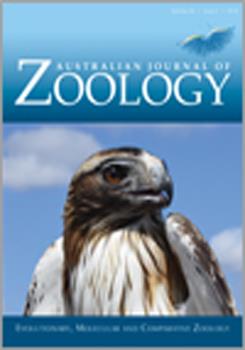Short-tailed pythons (Python breitensteini, P. brongersmai and P. curtus) are exploited in large numbers for the international leather trade, but their ecology remains poorly known. We quantify sexual dimorphism and reproductive output in P. breitensteini from Kalimantan and P. brongersmai from sites in north and south Sumatra. Sexual dimorphism was more evident in P. breitensteini (males less heavy-bodied than females, and with longer heads relative to body length) than in either population of P. brongersmai. Although having a smaller average adult body size, P. breitensteini had a larger clutch size (mean of 17.2 eggs, versus 12.6 and 14.5 in the two brongersmai populations), and a higher reproductive frequency (92% of adult-size females reproductive, versus 38 and 50%). Female pythons from Kalimantan laid their eggs in September through November whereas female P. brongersmai from north Sumatra oviposited from March to May, in keeping with their geographic position either side of the equator. Paradoxically, however, P. brongersmai from south Sumatra apparently lay eggs at the same time as their northern conspecifics, despite their latitudinal position corresponding to our P. breitensteini study site. Reproductive traits within tropical snakes may be more diverse than is currently understood, even within clades of closely related taxa.
How to translate text using browser tools
8 May 2019
Interspecific divergence in biological attributes of short-tailed pythons (Python breitensteini and P. brongersmai) from Kalimantan and Sumatra
Daniel J. D. Natusch,
Jessica A. Lyons,
Awal Riyanto,
Mumpuni ,,
Richard Shine
ACCESS THE FULL ARTICLE

Australian Journal of Zoology
Vol. 66 • No. 4
May 2019
Vol. 66 • No. 4
May 2019
fecundity
geographic variation
life history
morphology
reproductive seasonality




